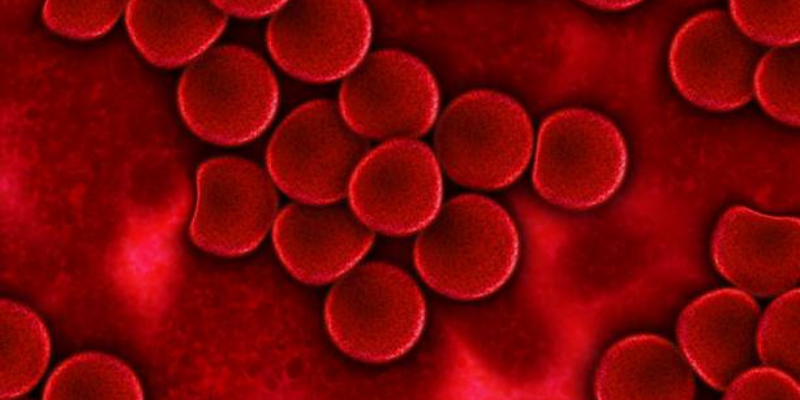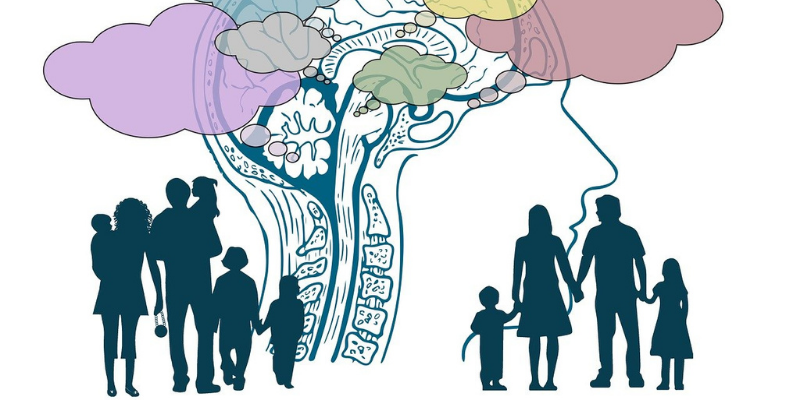Tari Advani, MD
Title: Perspectives on Transfusions for Hospice Patients with Blood Cancers: A Survey of Hospice Providers
Background: Patients with blood cancers have low rates of hospice use, especially compared to those with solid tumor cancers. Lack of transfusion access in hospice is likely a substantial contributor to low utilization due to set per diem reimbursements not aligning with cost of transfusion. Little is known about perspectives of hospice providers regarding this lack of access.
Design and Participants: This is a cross-sectional mailed survey of a sample of hospices in the US (500) from March 2022 to October 2022 regarding their experience caring for patients with blood cancers, perceived barriers to use, and interventions to increase enrollment.
Results: Surveys collected included 113 competed, a response rate of 23.5%. Of those collected 2.7% always offer transfusions, 40.7% sometimes offer transfusions, 54.9% never offer transfusions. Factors found to be associated with offering transfusion included nonprofit ownership and daily census >50 patients. 76.6% identified lack of transfusion access in hospice as barrier to enrollment and 72% felt additional reimbursement for transfusions would increase enrollment of patients with blood cancer. Patient and provider misconceptions about hospice were also similarly impactful barriers based on survey results.
Commentary: Transfusions are often palliative for patients with blood cancers, improving symptom burden, most notably dypsnea and fatigue, including at end-of-life. Less than 10% of hospices in US often or always admit patients who desire transfusions. Smaller size of hospice was a significant predictor of this due to lack of scale to absorb cost. The Medicare Hospice Benefit reimburses hospices at a fixed dialy rate per patient regardless of overall cost of care. Daily rate in 2022 for routine home care hospice for first 60 days of admission was $203. Cost of single unit blood transfusion (direct and indirect costs) was estimated to be $726 and $1183 at 2 US hospitals in 2008. For profit hospitals may prioritize profit margin, small non-profit hospices can not absorb the cost. There are some mixed feelings of hospice providers regarding whether or not transfusions fit with hospice philosophy but there is evidence supporting improvement in symptoms and QOL for patients with blood cancers at end of life. “Improving Access to Transfusion Care for Hospice Patients Act of 2021 (S.2566) bill, introduced in Senate in 2021 was proposed to increase transfusion access in hospice to address cost and logistical barriers. This study was small with poor response rate, but gets to some of the core reasons for such low and late enrollment into hospice of patients with blood cancers. Considering current reimbursement models this may be an area that early palliative care intervention is beneficial with transition to hospice when benefit of transfusions diminish over the course of illness progression.
Bottom Line: Patients with hematologic malignancies enroll in hospice at significantly lower rates than patients with solid malignancies and are more likely to die in the hospital. Cost of transfusions in comparison to standard per diem reimbursement for hospice is greatest limitation to hospices offering transfusions to blood cancer patients and this lack of option for transfusion is limiting hospice utilization by patients with blood cancers overall and leading to late enrollment when it happens. It is felt that innovative hospice payment models to improve end-of-life care for patients with blood cancers would be the most useful course of action.
References:
Source: Knight H, Brennan C, Hurley SL, Tidswell A, et al. Perspectives on Transfusions for Hospice Patients with Blood Cancers: A Survey of Hospice Providers. J Pain Symptom Manage (2023), doi: https:;//doi.org/10.1016/j.painsymman.2023.09.024



